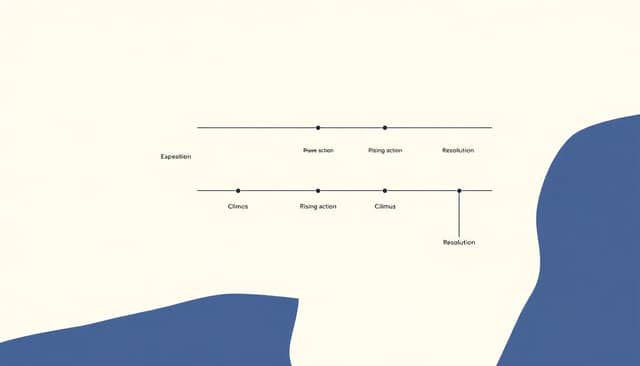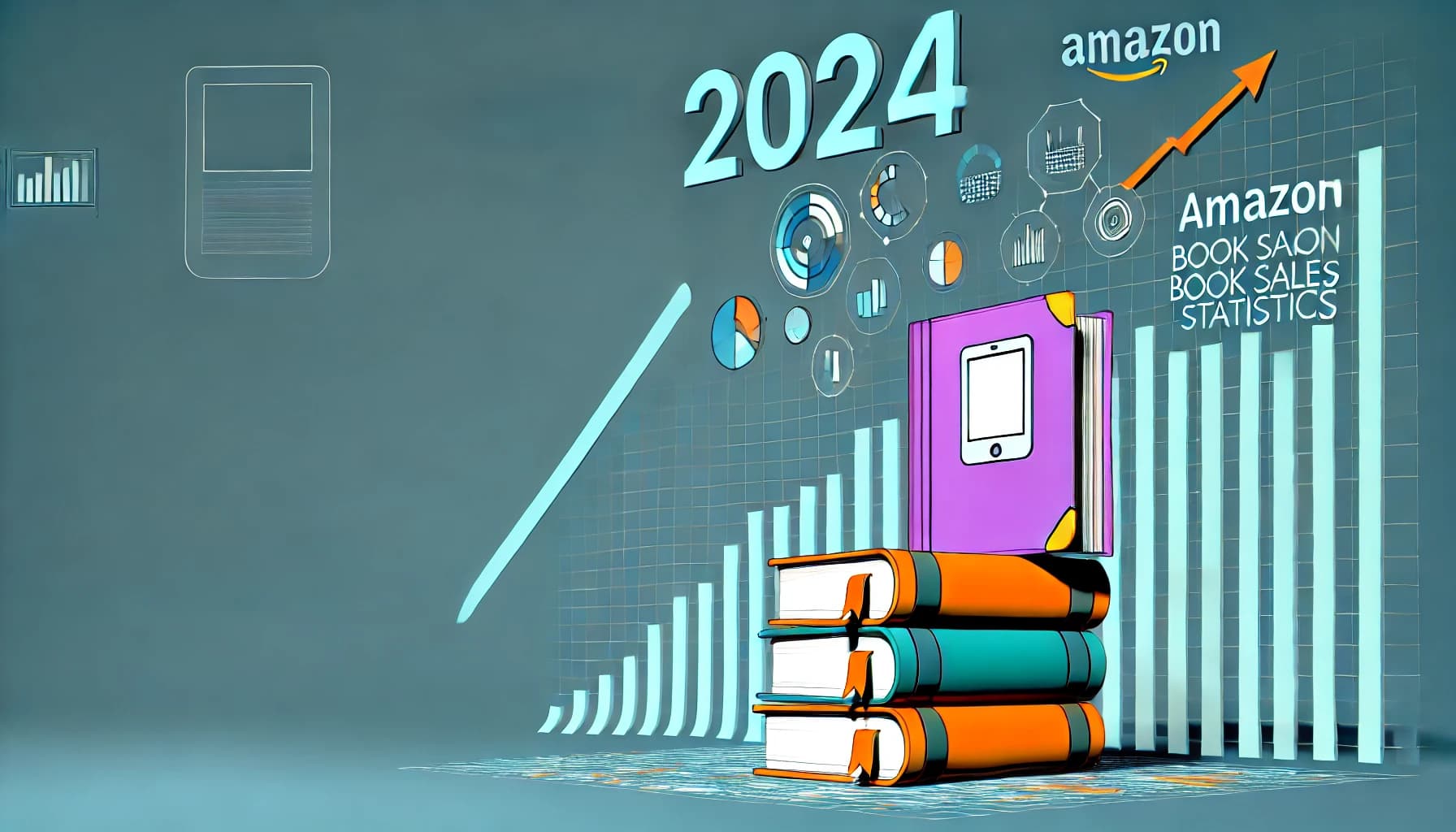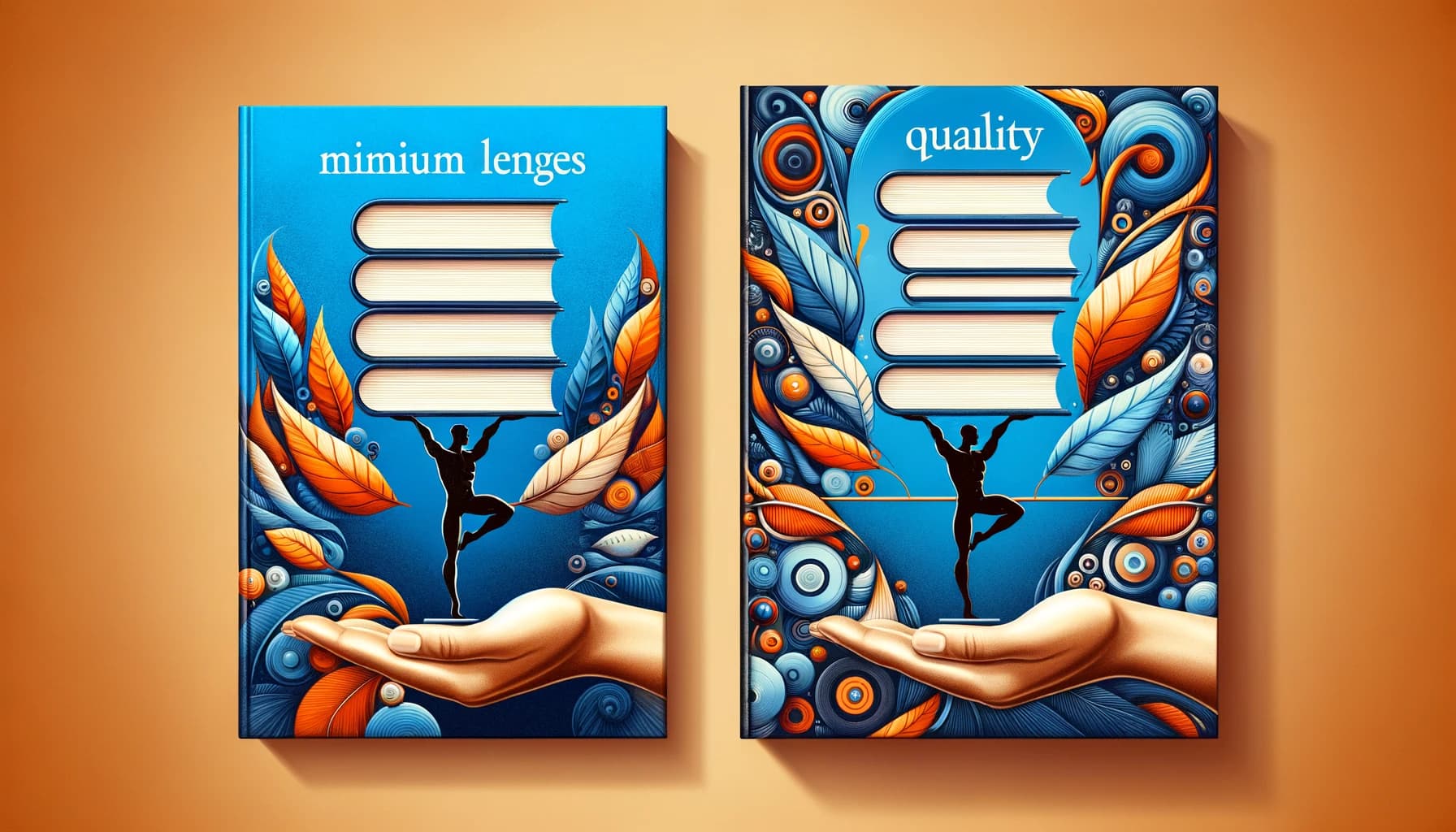Table of Contents
Yeah, keeping readers hooked with a solid story structure can feel a little tricky sometimes—it’s easy to start strong but end up lost halfway through. Trust me, we’ve all been there.
But don’t worry—stick around, and you’ll get clear, straightforward steps to crack the storytelling code. I’ll walk you through how to choose the best narrative flow, plan it easily, and make your story grip people right from the start.
Ready? Let’s jump in!
Key Takeaways
- Narrative structure organizes your story clearly with key parts: exposition, rising action, climax, falling action, resolution.
- Pick a narrative flow that matches your story. Mysteries may benefit from nonlinear structures, while simpler stories often need straightforward structures.
- Outline a plan beforehand to keep your story focused and avoid getting stuck.
- Keep your reader engaged by starting with a hook, building tension slowly, and giving a satisfying climax.
- After drafting, step away briefly, reread, and adjust the pacing and narrative flow to tighten the story.
- Avoid common pitfalls like too much setup, weak climaxes, static characters, complicated narrative jumps, or stories lacking real conflict.

Step 1: Understand What Narrative Structure Means
Narrative structure is the basic framework that shapes how a story unfolds from beginning to end. Think of it like the skeleton of a story—without it, your story would just be a loose bundle of ideas and scenes that don’t really connect.
The most common example of narrative structure you’d recognize is the classic plot diagram often taught in school, which includes exposition, rising action, climax, falling action, and resolution. Using a structure like this makes your story feel organized and keeps the reader hooked.
Why does narrative structure matter so much? Well, consider this: people produce around 147 zettabytes of data per year, with over half of internet data traffic coming solely from videos. That means attention spans aren’t exactly generous these days. So if your story isn’t structured clearly, readers will scroll right past it and move on to something else.
Step 2: Learn the Core Elements of Narrative Structure
The main parts of narrative structure might seem familiar—exposition, rising action, climax, falling action, and resolution—but each one has a distinctive role in building your story.
- Exposition: This sets the stage. It’s about introducing readers to your characters, setting, and basic situation. For example, in “Harry Potter,” the exposition introduces us to Harry and his miserable life with the Dursleys before he discovers he’s a wizard.
- Rising Action: This includes the events that lead to the climax, creating tension and conflict. Like when Harry navigates challenges at Hogwarts and faces threats from Voldemort and his followers.
- Climax: This is the turning point or highest tension in your story. In “Harry Potter and the Sorcerer’s Stone,” it’s when Harry confronts Professor Quirrell and Voldemort directly.
- Falling Action: After the climax, this section deals with resolving smaller conflicts and moving toward the story’s end.
- Resolution: The story wraps up, loose ends tie up nicely (or deliberately don’t), and your characters hopefully find some peace, understanding, or lesson.
If you’re aiming to grab readers’ attention right from the start, check out some of these winter-themed writing prompts to shape your exposition creatively without overwhelming readers.
Step 3: Choose a Narrative Structure That Fits Your Story
There’s no “one-size-fits-all” model here—you want to pick the narrative structure that best matches your story’s needs. Traditional narratives work well for straightforward plots, but you might also consider alternative approaches if your plot demands something more unique.
For instance, if you’re writing a suspenseful mystery, you could use a nonlinear structure, revealing hints slowly to keep readers guessing. Stories such as “Gone Girl” use alternating perspectives and timelines to hook the reader through suspense and anticipation. To help spark mystery ideas like this, try exploring murder mystery plot concepts to kickstart your creativity and match your chosen structure.
Experiment until you find what feels right for your characters and the story you want to tell. Just don’t force a complicated structure if your story is simple—the narrative should feel natural, not awkwardly pieced together like ill-fitting puzzle pieces.

Step 4: Plan Your Narrative Structure Before Writing
Planning your narrative structure before you sit down to write can save you a ton of headaches down the road—trust me on this one.
Think of it this way: if narrative structure is the skeleton, planning beforehand is like sketching out the blueprint so your story doesn’t end up looking like it was pieced together by Frankenstein.
Start by outlining the key points: exposition, rising action, climax, falling action, and resolution—we touched on these in Step 2.
Sketch these basics into a quick outline, jotting down bullet points of events you imagine happening at each stage.
Not sure how detailed it should be? Aim to find a sweet spot—just enough to keep you on track without stifling your creativity.
If you’re stuck, try using prompts or even templates to spur ideas (like these realistic fiction writing prompts)—they can help unlock your creativity while also fitting neatly into a solid narrative.
Step 5: Use Narrative Structure to Keep Your Readers Interested
So how exactly do you use narrative structure to keep your readers glued to your story?
The trick is creating suspense and emotional payoff within the framework you’ve set.
When setting up your exposition, quickly introduce an interesting hook—a question or mystery your readers crave answers to.
As you move toward the rising action, sprinkle in smaller conflicts, puzzles, or obstacles, raising the stakes gradually instead of in one big dump.
For example, if your main character is searching for something, you might put small setbacks along their journey—stuff that makes readers go, “Hold on, WHAT happens next?”
Then, at your climax, deliver on the promises you made earlier, answering major questions and conflicts—while surprising your readers with twists or revelations.
After your climax, wrap things up thoughtfully in the falling action and resolution, tying everything up smoothly so readers close your story feeling satisfied they’ve reached a believable endpoint.
Step 6: Adjust and Improve Your Narrative Structure After Writing
You’re done writing your first draft—whew—but your work isn’t over yet.
Now it’s time to step back, get some perspective, and adjust your narrative structure to make your story as solid as possible.
Give yourself a little breathing room—take a day or two off so your brain can reset.
When you’re ready, reread your draft from start to finish.
Look for areas where pacing feels off—is the exposition dragging, taking forever to get to the point?
Perhaps the rising action escalates too abruptly, leaving readers confused or overwhelmed.
Be critical about cutting scenes that aren’t pushing your story forward or adding meaningful character development.
Consider getting fresh eyes on your story by asking friends to be beta readers, and encourage blunt (but helpful) feedback to pinpoint flaws.
Using resources like these tips on how to write in present tense can help identify alternative storytelling methods if you feel something isn’t quite clicking within your current approach.
Step 7: Common Mistakes to Avoid With Narrative Structure
No one wants their story to be “meh,” so let’s cover some common narrative pitfalls you’ll want to dodge:
- Too Much Setup: Don’t overload your exposition with details. Too much setup bogs down the reader before the story gets going.
- Weak Climax: Your climax should feel earned—avoid a rushed conclusion or overly convenient solutions.
- Ignoring Character Growth: Your characters should develop believably across your narrative—don’t leave them static or unchanged. (Check out the differences between a static vs dynamic character if you’re unsure).
- Overly Complicated Structure: Trying out a nonlinear format? Great—but keep readability in mind. Too many jumps can confuse readers and break their emotional connection.
- Lack of Conflict: Storylines without real stakes bore readers quickly. Develop inner struggles, conflicts between characters, or external challenges to drive curiosity and care from the readers.
By being aware of these common stumbles, you’ll craft stronger stories readers won’t put down.
Step 8: Practical Tips for Better Narrative Structure
Mastering narrative structure is a skill you tweak with practice, but here are down-to-earth tips you can apply right now:
- Map Out Your Story Visually: Drawing a basic plot diagram (Google “Freytag’s Pyramid”) on paper helps visualize structure clearly.
- Try Change Data Capture: Incidentally, authors might learn something from real-time data practices. Just as businesses are embracing real-time event-driven architectures for instant insights, make sure your plot events flow naturally and respond logically to each other instead of feeling disconnected.
- Keep Millisecond-Level Freshness in Mind: Businesses rely on fresh data delivery within milliseconds for complex AI decisions. Keep your own story elements timely as well—little details that relate directly to your plot keep scenes fresh and engaging, helping readers feel immersed.
- Revise Ruthlessly: Take multiple passes after your first draft, tightening pacing and trimming any “fluff”. Trust me, your audience always appreciates crisp storytelling.
- Let Readers Breathe: Well-paced falling actions and resolutions matter. Don’t sprint from high excitement directly to “The End.” Giving your readers a moment to process developments can strengthen the emotional connection.
Writing narrative structure isn’t some mysterious process reserved for literary geniuses. It just takes solid planning, paying attention to reader experience, and consistently applying good storytelling practices. You’ve got this.
FAQs
Narrative structure refers to the organized framework used to tell a story, including introduction, rising action, climax, falling action, and resolution. A strong structure helps guide readers and ensures they stay interested from beginning to end.
Consider your story’s tone, genre, and overall message first. For instance, if you want suspense or a surprise twist, non-linear or flashback structures might work best. If clarity matters most, stick with traditional chronological structures.
Avoid overly complicated timelines or unclear transitions between scenes. Skipping crucial plot developments or character motivations can confuse readers. Keep your audience engaged by delivering a consistent pacing and clear story progression.
Review your draft from your audience’s perspective, identifying unclear points or pacing issues. Rearranging scenes or cutting unnecessary details helps refine clarity, improves the overall story flow, and maintains reader interest until the end.



